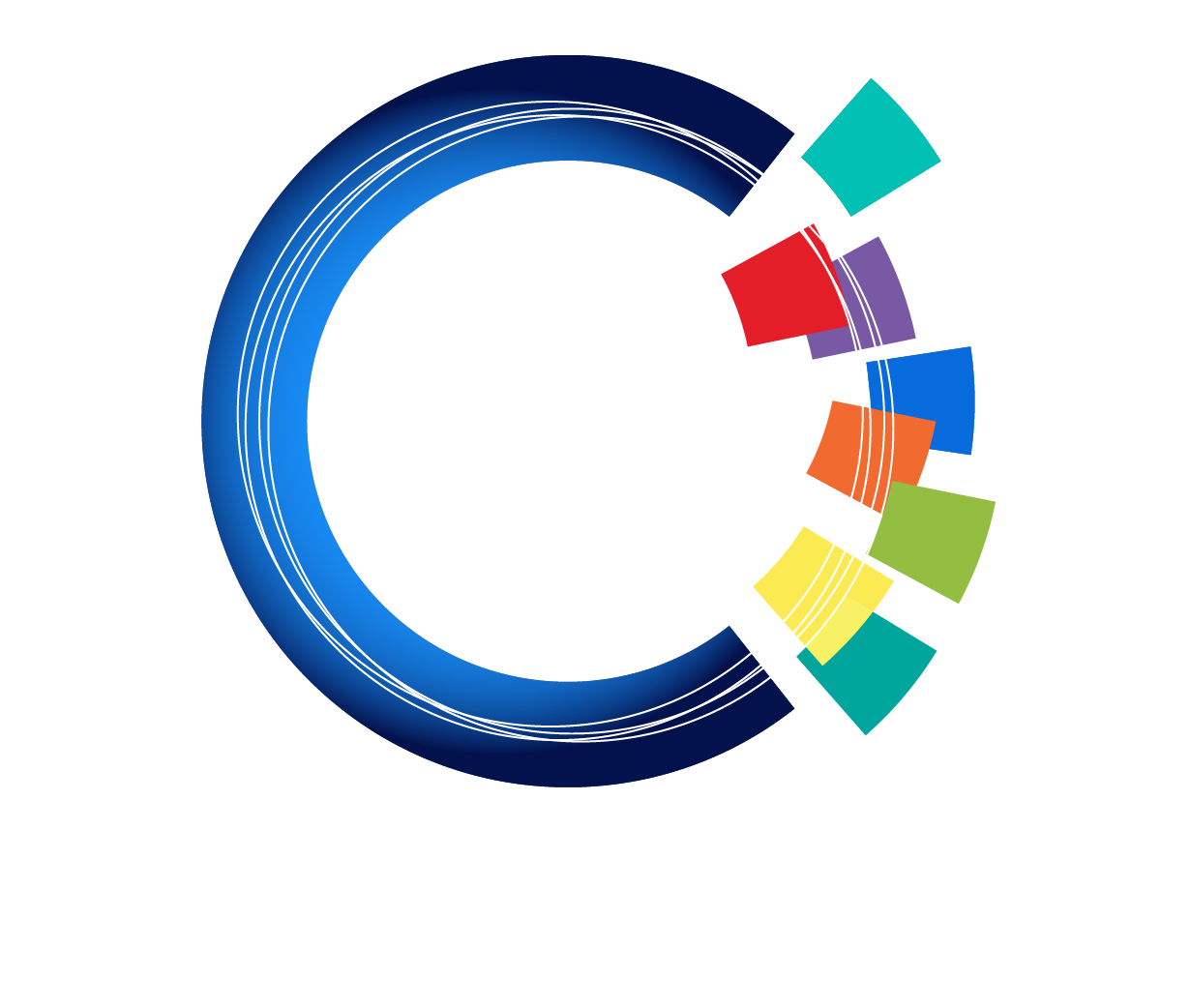In an oriental fable, six blind men decide to meet an elephant in order to broaden their horizons. The first rubs up against its side and says: “This elephant is like an unmovable wall!” His neighbour feels a tusk and exclaims: “It’s so smooth and pointy; this animal is surely an impressive weapon!” One by one, the four other blind men discover the other parts of the animal: the ear, the trunk... and each experiences a different reality: a fan, a snake... The six friends then get caught up in a never-ending argument, incapable of agreeing on the type of animal they have before them. Just then, a wise man passes by: “You’re all correct; you all possess part of the truth. But rather than arguing, why don’t you listen to one another and try to find out what connects your individual truths?”
Have you ever been at a meeting where the participants try to put their arguments forward at all costs, without listening to anyone else? Each person defends his or her fragment of truth while remaining oblivious of the bigger picture.
Debbie* and Peter* attend a coordination meeting about the extension of their workshop. As the DSO, Debbie firmly insists that the Safety Rules must be observed. Peter, the project leader, is interested only in the strict budgetary and operational constraints that he is bound by. The other participants observe this duet of monologues until Eric*, the DPO, reminds them of their common goal and manages to get everyone on the same page.
As soon as each participant shares his or her “reality” and accepts that there are other equally valid realities, the discussion becomes productive and may result in common solutions that satisfy everyone concerned. The truth is rarely the preserve of a single person; it usually emerges after collective reflection.
*Names have been changed
Pierre Gildemyn
If you’d like to comment on any of my articles or suggest a topic that I could write about, please don’t hesitate to e-mail me at Ombuds@cern.ch.
